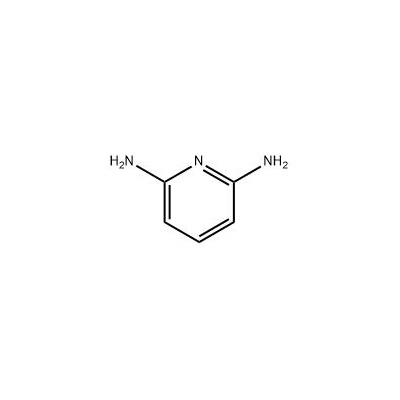
- English
- Español
- Português
- русский
- Français
- 日本語
- Deutsch
- tiếng Việt
- Italiano
- Nederlands
- ภาษาไทย
- Polski
- 한국어
- Svenska
- magyar
- Malay
- বাংলা ভাষার
- Dansk
- Suomi
- हिन्दी
- Pilipino
- Türkçe
- Gaeilge
- العربية
- Indonesia
- Norsk
- تمل
- český
- ελληνικά
- український
- Javanese
- فارسی
- தமிழ்
- తెలుగు
- नेपाली
- Burmese
- български
- ລາວ
- Latine
- Қазақша
- Euskal
- Azərbaycan
- Slovenský jazyk
- Македонски
- Lietuvos
- Eesti Keel
- Română
- Slovenski
- मराठी
- Srpski језик
What should be paid attention to during the use of 2,6-diaminopyridine?
2025-04-07
2,6-diaminopyridine is an important organic synthesis intermediate with a chemical formula of C5H7N3, a molecular weight of 109.13, and a CAS registration number of 141-86-6. It is a white or off-white powder with a melting point between 117-122°C, a boiling point of about 285°C, and a solubility in water of 9.9 g/100 mL (20°C). The following are precautions for the use of 2,6-diaminopyridine:
1. Personal protection requirements
Protective equipment: Wear chemical protective clothing, chemical protective gloves, goggles or full-face respirators during operation to avoid direct contact with skin and eyes.
Respiratory protection: Ensure that the work area is well ventilated, use local exhaust equipment or respiratory protection devices to reduce the concentration of dust or vapor in the air.
2. Operating environment specifications
Ventilation conditions: Operate in a fume hood or closed equipment to avoid inhaling vapor or dust.
Isolation measures: Keep away from fire, oxidants and acids to prevent chemical reactions.
3. Emergency treatment measures
Skin contact: Immediately rinse with plenty of water and soap, and remove contaminated clothing.
Eye contact: Rinse with running water for at least 15 minutes and seek medical attention immediately.
Inhalation: Move quickly to a place with fresh air, keep breathing unobstructed, and administer oxygen or seek medical attention if necessary.
Leakage treatment: Use explosion-proof tools to collect leaks, avoid dust, and use sand or inert adsorbents.
4. Storage and transportation requirements
Packaging: Use sealed containers (such as 25kg/barrel full cardboard barrels) to ensure no leakage.
Environmental conditions: Store in a cool, dry, dark place, temperature ≤30℃, and keep ventilation.
Transport compliance: Operate in accordance with the transportation specifications for hazardous chemicals, and avoid mixing with food and feed.
5. Regulatory and safety compliance
License requirements: Purchasers must hold a "Dangerous Chemicals Business License" or "Highly Toxic Chemicals Purchase License".
Waste disposal: Dispose of waste in accordance with local environmental regulations, and it is prohibited to discharge directly into water bodies or the environment.
6. Toxicity risk control
Dose management: Strictly control the dosage used to avoid high concentration exposure (LD50 for mice is 56-100mg/kg).
Environmental impact: Prevent water pollution because it has potential harm to aquatic life.
7. Application scenario restrictions
Medical field: Mainly used for the synthesis of analgesics (such as Phenazopyridine), which has not yet been approved for production in China and must comply with the import drug management regulations.
Industrial use: When used as a dye or pesticide intermediate, the reaction conditions must be stable to avoid the risk of by-products.



